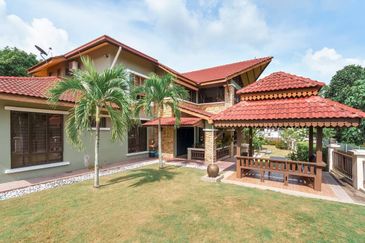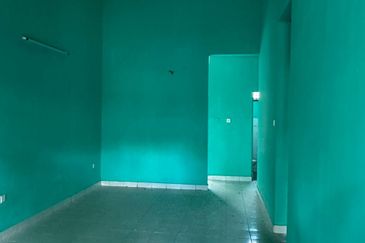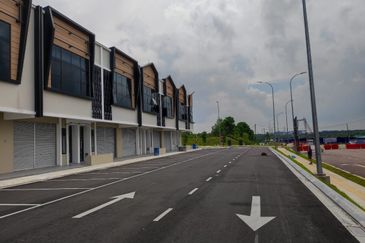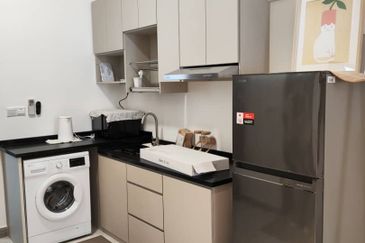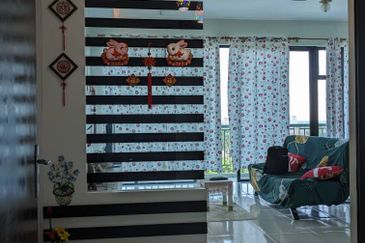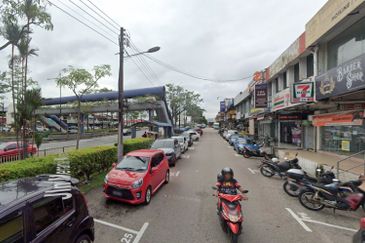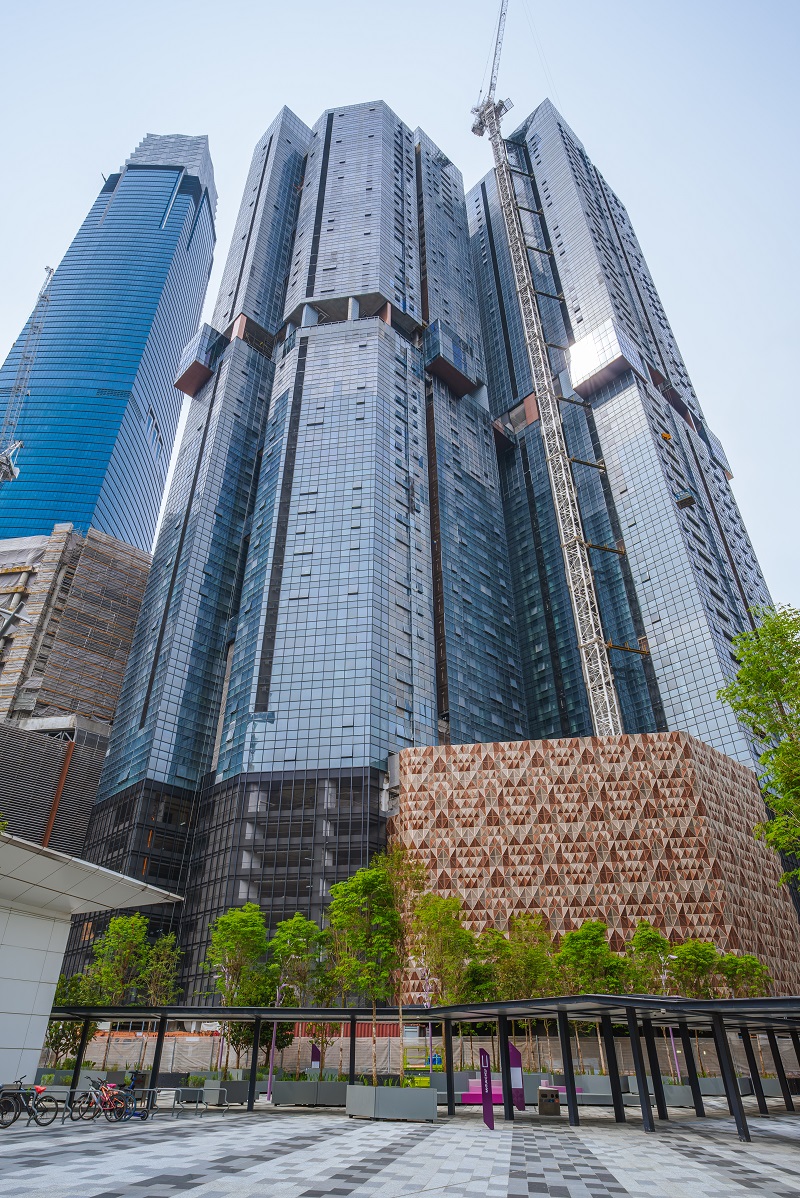Despite being buffeted by a major economic slowdown, the Malaysian residential property market remains surprisingly resilient and is poised for a mini-boom in the next two to three years, according to Previndran Singhe, CEO of Zerin Properties Sdn Bhd.
“I believe our fundamentals are strong and the Malaysia real estate market will have another three years [of growth],” he said, adding that a property upcycle — what he called a “mini-boom” — can be expected in 2011 or 2012.
Previndran attributed his bullish assessment to Malaysia’s highly resilient banking system, ample liquidity in the marketplace and a gradual increase in property prices. He insisted that despite the current downturn, the Malaysian real estate market is not headed towards a slump, and that there is still buying power in the marketplace.
He noted that there is new capital inflow, which would help support the property market. “Even though it is very little, it is already flowing in,” he said. Previndran was speaking on “Malaysian residential property market outlook — Any safe haven?” at The Edge Investment Forum on Real Estate 2009 recently on April 4. Asian economies are expected to recover faster than that of the US and Europe. In the case of Malaysia, it has not been as badly affected due to its current account surplus and low external borrowings, InsiderAsia said in a recent report.
Asian economies are expected to recover faster than that of the US and Europe. In the case of Malaysia, it has not been as badly affected due to its current account surplus and low external borrowings, InsiderAsia said in a recent report.
With reports on China’s market bottoming out, housing starts in the US increasing and rising export numbers in Japan in February, Previndran said all these bode well for the local property scene. “We are still a net food, oil and commodity exporter. As at early March, all these sectors have rebounded.”
Available data reveals that property prices were moving far ahead of inflation and income growth during the 1997/98 Asian financial crisis. Today, said Previndran, prices are moving in tandem with income growth and are still ahead of inflation.
Innovative approaches
With the flurry of property launches after the recent Chinese New Year as well as the influx of innovative housing packages offered by developers, Previndran stood firm in his prediction that the general slowdown would not have a severe impact on the market.
“In mid-December last year, there was a bout of negativity in the market following the collapse of Lehman Brothers and [bailout of] AIG Group in October. In fact, we even thought the market was going to collapse but in November, we saw that the market was resilient and strong,” he explained.
In addition to the absence of panic-selling last December, Previndran reaffirmed his optimism, following the sale of a parcel of land in Damansara Heights for RM610 psf in February this year. “A basic semidee in Duta Nusantara (in Sri Hartamas) that was sold for RM3.4 million also vindicated our view. Thanks to the low interest rates, people now want to invest in real estate and are keen on landed properties,” he elaborated.
In comparison with Singapore, which saw 7.5% negative growth in the value of its property transactions for 2007 and 2008, the Malaysian property market never experienced a bubble, except for the KLCC area, he points out. “Our demand is very much locally driven and the foreign content in our total residential transactions is 2%. [In contrast], Singapore has 43% foreign content,” said Previndran, adding that the price growth of landed and high-end condos in Malaysia was sustainable, unlike that in the US.
He cites the example of soaring house prices in the US, which saw a 100% increase in five years, which works out to about a 20% increase per annum. He notes that growth of property prices in Malaysia did not exceed 50% during the same period.
KLCC ‘bubble’
Previndran acknowledged that the property market in the KLCC area took a direct hit from the collapse of the Lehman Brothers’ “mini-bonds”. When the mini-bonds collapsed, foreign investors — mainly those from Hong Kong and Singapore — lost a lot of money and were forced to sell their properties in the area, he said.
“That caused the 20% to 30% dip in KLCC property prices. The sentiment resulting from get-rich-quick schemes, such as the mini-bonds as well as the Ponzi and Madoff schemes, is affecting our market. A lot of Hong Kong hedge funds and banks have been caught out and those that invested in such schemes are now short of cash,” he explained.
“Although KLCC took a whack, it was caused by the push in the market by investors from Hong Kong and Singapore. It will probably drop another 5% to 10%,” he said. However, investors from the Middle East, India and China are still holding on to their KLCC properties as they see the value in them, he added.
The sale of KLCC properties by beleaguered investors was not widespread. “We are running out of so-called desperate sellers and did not see any panic-selling last December,” said Previndran.
“We couldn’t find where the desperate sellers were because all the opportunistic buyers were already buying out at about RM800 psf,” said Previndran, who likened KLCC prices to the performance of the Kuala Lumpur Composite Index (KLCI). When the KLCI was bullish, so was the KLCC market.
He said that high-end condos in the KLCC area, especially those in the proximity of the Twin Towers and products from good developers, are still worth the buy. “Don’t get too caught up with the promise of the view. At the end of the day, location is the most important — how close you are to the Twin Towers. If that comes with a view, it’s a bonus,” he advised.
On the occupancy rate of condos in KLCC, Previndran said it to be in the range of over 70%. “The process of gentrification is taking place and occupiers of the old condos are moving into the newer units. So the old condos are the ones with the void,” he said.
Even as the property market is expected to remain flat this year, Previndran said consumers will be the ones to determine the state of the market. “The market is flat now and while transactions are still there, they are just slow. People still have money to buy real estate and are willing to wait it out to get a fair deal,” he said.
So is it the right time to buy and are there any residential safe havens? Yes on both counts, said Previndran, adding that landed properties in “better” locations in the Klang Valley, such as Bangsar, Taman Desa, Seputeh, Desa Sri Hartamas, Taman Tun Dr Ismail and Bukit Damansara would be a good bet.
During his presentation, Previndran also shared with the audience the price movement of landed properties over a 23-year period based on the price of a 1-storey terraced house in Bangsar's Lucky Garden and a 2-storey terraced house in Taman Tun Dr Ismail. The price movement showed that in the 1980s, the fall in property values was not as bad as the one which occurred during the Asian financial crisis (see chart). “But look at how prices peaked; there was a growth splurge in the three years before the crisis (1995 to 1997). Today, our real estate market is sustainable, thanks to our banking system as well as the gradual growth we have been experiencing. Despite the slight growth, we still have a sustainable market,” he said.
Zerin Properties recently won the Real Estate Transaction Asia Pacific Award 2009 for the sale of InterContinental Hanoi. It also won a special mention at the Real Estate Strategy Asia Pacific Awards 2009 for the sale of three landmark office buildings in Cyberjaya. It is the only Malaysian company to have won these awards.
This article appeared in City & Country, the property pullout of The Edge Malaysia, Issue 750, April 13-19, 2009.
TOP PICKS BY EDGEPROP

Bandar Puncak Alam
Bandar Puncak Alam, Selangor
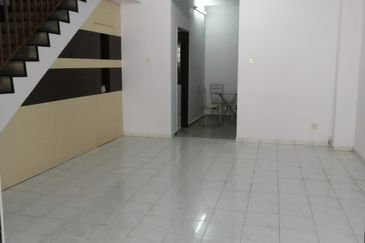
Taman Bukit Indah @ Iskandar Puteri
Johor Bahru, Johor

Havona Residence @ Taman Mount Austin
Johor Bahru, Johor
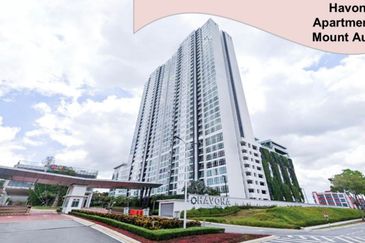
Havona Residence @ Taman Mount Austin
Johor Bahru, Johor
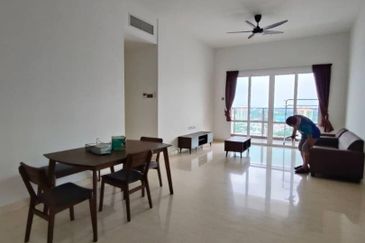
TriTower Residence @ Johor Bahru Sentral
Johor Bahru, Johor
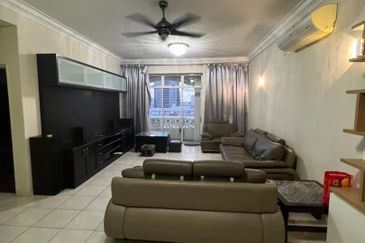
Pangsapuri Orchid View Luxury Apartment
Johor Bahru, Johor

